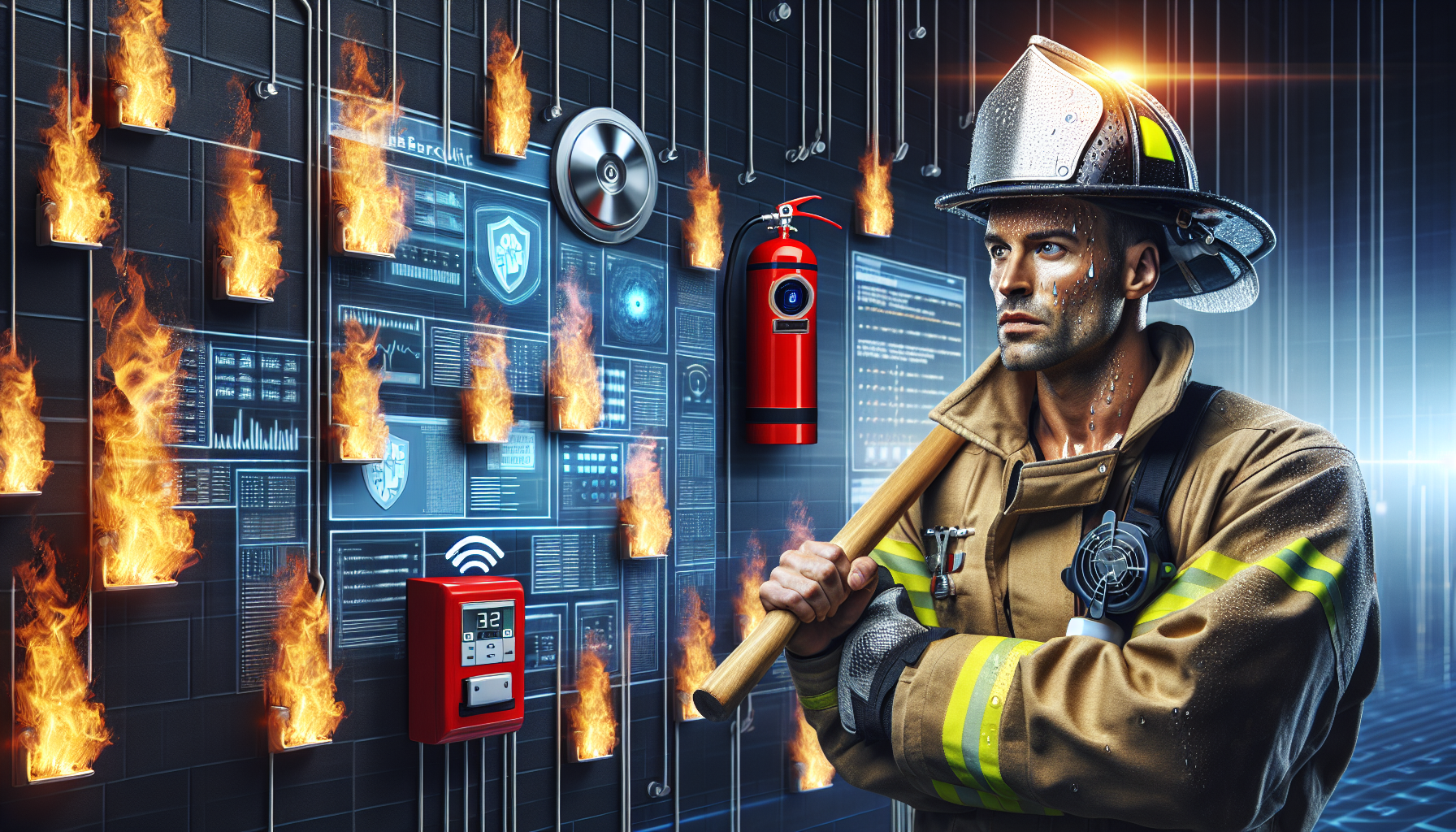
Cybersecurity’s Silent Crisis: Why Our Digital Guardians Are Burning Out (And How AI Can Help)
Imagine a firefighter who never gets to leave the fire station. The alarm is always ringing, the fires are getting bigger and more complex, and a single mistake could mean losing an entire city block. They’re exhausted, overwhelmed, and constantly on edge. Now, replace the fire with data breaches and the firefighter with a cybersecurity professional. Welcome to the silent crisis unfolding in the tech world.
A recent BBC report highlighted a stark reality: the very people we rely on to protect our digital lives are burning out and leaving the industry in droves. This isn’t just a problem for the tech sector; it’s a threat to everyone. For developers, entrepreneurs, and startups, understanding this crisis is the first step toward building more resilient companies and, frankly, a more secure future. So, let’s dive into why our digital guardians are at their breaking point and explore how we can fight back—not with more people, but with smarter technology.
The Ticking Clock: Life on the Cyber Front Lines
To understand the burnout, you have to understand the job. Being a cybersecurity professional in 2024 isn’t about occasionally running an antivirus scan. It’s a high-stakes, 24/7 battle against invisible, ever-evolving threats. The pressure is immense. A missed alert or a misconfigured setting in the cloud infrastructure could lead to a catastrophic breach, costing a company millions and shattering its reputation.
This “always on” culture is a primary driver of stress. Cybercriminals don’t work 9-to-5. They launch attacks on holidays, overnight, and during weekends. For security teams, this means constant vigilance, interrupted sleep, and the psychological weight of knowing you are the last line of defense. The feeling is less like an office job and more like being on permanent military watch.
The Perfect Storm: Why Burnout is Hitting So Hard
This isn’t just about long hours. A combination of factors has created a perfect storm for burnout, making the field one of the most mentally taxing in the tech industry.
1. The Unwinnable War of Alert Fatigue
Modern enterprises are a complex web of software, applications, and devices. Every action generates a log, and every potential anomaly triggers an alert. Security teams are drowning in a sea of data from dozens of different SaaS tools and platforms. Manually sifting through thousands of alerts a day to find the one genuine threat is a Herculean task. It’s repetitive, exhausting, and leads to “alert fatigue,” where the sheer volume of noise makes it easy to miss the critical signal.
2. The Widening Talent Chasm
The demand for skilled cybersecurity professionals far outstrips the supply. This massive skills gap means existing teams are perpetually understaffed and overworked. Companies, especially growing startups, struggle to hire the talent they need, forcing them to stretch their current employees to the breaking point. This isn’t just about filling seats; the complexity of modern threats requires a deep, specialized knowledge base that is incredibly rare.
3. The Blame Game Culture
When a breach inevitably happens, who gets the blame? Too often, the finger points directly at the security team. Instead of treating a security incident as a collective learning opportunity, many organizations foster a culture of blame. This creates a toxic environment where professionals are afraid to make mistakes, stifling innovation and adding an extra layer of psychological stress to an already demanding job.
The Tech Cavalry: Can Innovation Be Our Shield?
We can’t just hire our way out of this problem—the talent isn’t there. We can’t expect humans to work


